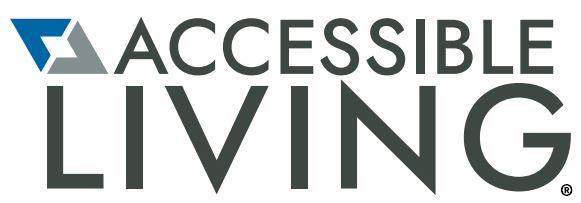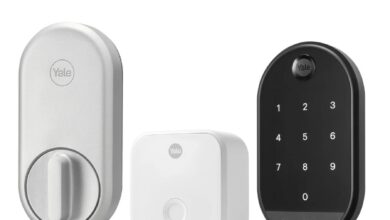Products in Action: Improving Accessibility without Breaking the Bank with Door Hardware
Accessibility is for everyone – or at least, it should be. However, accessibility is something many able-bodied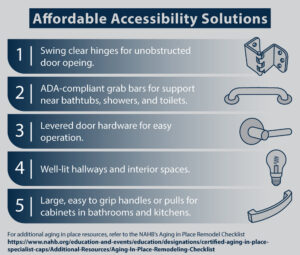 individuals often take for granted. Walking through a doorway or getting in and out of the bathtub is easy – until it’s not. Everyday tasks can become monumental challenges, thanks to something as commonplace as a broken leg or as life changing as a stroke.
individuals often take for granted. Walking through a doorway or getting in and out of the bathtub is easy – until it’s not. Everyday tasks can become monumental challenges, thanks to something as commonplace as a broken leg or as life changing as a stroke.
Although commercial buildings are subject to the Americans with Disabilities Act, individually owned or leased housing isn’t held to the same standard. And while today’s homes are often designed and built with wider doorways and better lighting, millions of people live in older homes with narrow doorways, poorly-lit kitchens and inaccessible bathrooms.
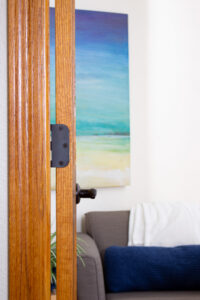
So, who does this affect? According to the World Health Organization, an estimated 1.3 billion people (one of every six people worldwide) experience a significant disability, and, in the United States, 13% of the civilian noninstitutionalized population (42.5 million people) has a disability. In addition, as the baby boom generation ages, the need for accessible homes will continue to grow. The United States Census Bureau estimates that baby boomers number about 73 million people; by 2030, all baby boomers will be at least 65 years old.
“Some of the biggest accessibility challenges for people with mobility issues are door widths, especially if they’re in a wheelchair,” said Gina Centauro, a founder of Rescuing Families, Inc. “Any flooring transitions in a space that can become a tripping hazard; handles on doors and cabinets can be a real issue if someone is arthritic or has limited or no use of their hands; and the one of the biggest hurdles we see is not having enough access to grab bars.”
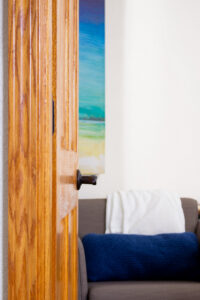
In these situations, people are often left with two choices: relocate to a more accessible home or improve the accessibility of their existing home. With interest rates and housing costs rising, relocation is often not a realistic option. In addition, many people prefer to age in place and remain in their homes.
“It’s more comforting to be in your own home and be able to thrive in your own surroundings with your family and loved ones present,” Centauro said. “We have found it’s a much healthier environment mentally and physically.”
This leaves the second option: renovation. But for many people, a complete remodel is cost-prohibitive, especially for those with unexpected medical expenses.
Since 2016, Rescuing Families, Inc. has worked to help homeowners with disabilities and financial hardships rehabilitate and remodel their homes, allowing people to remain in a familiar, comforting environment. In addition to major renovations like installing ramps, the organization uses affordable solutions to create accessible spaces:
- Replacing standard hinges with swing clear hinges
- Adding grab bars for support
- Updating door hardware to easy-to-operate levers
- Installing easy-to-grip pulls on cabinets
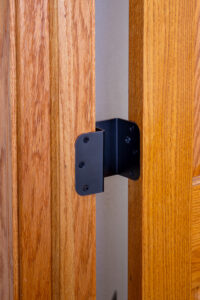
“Swing clear hinges enable people using wheelchairs, walkers and other assisted devices to move throughout their home freely without worry of getting stuck in a doorway, injuring their hands, or worse, falling from trying to maneuver through a tight doorway,” Centauro said. “You don’t realize how important an inch or two is until you really need it.”
Finally, the National Association of Home Builders offers a checklist of items to consider for accessibility as people age in place. With these simple and affordable changes, accessible living can be available to everyone.
View more about swing clear hinges and see available products at stoneharborhardware.com.
